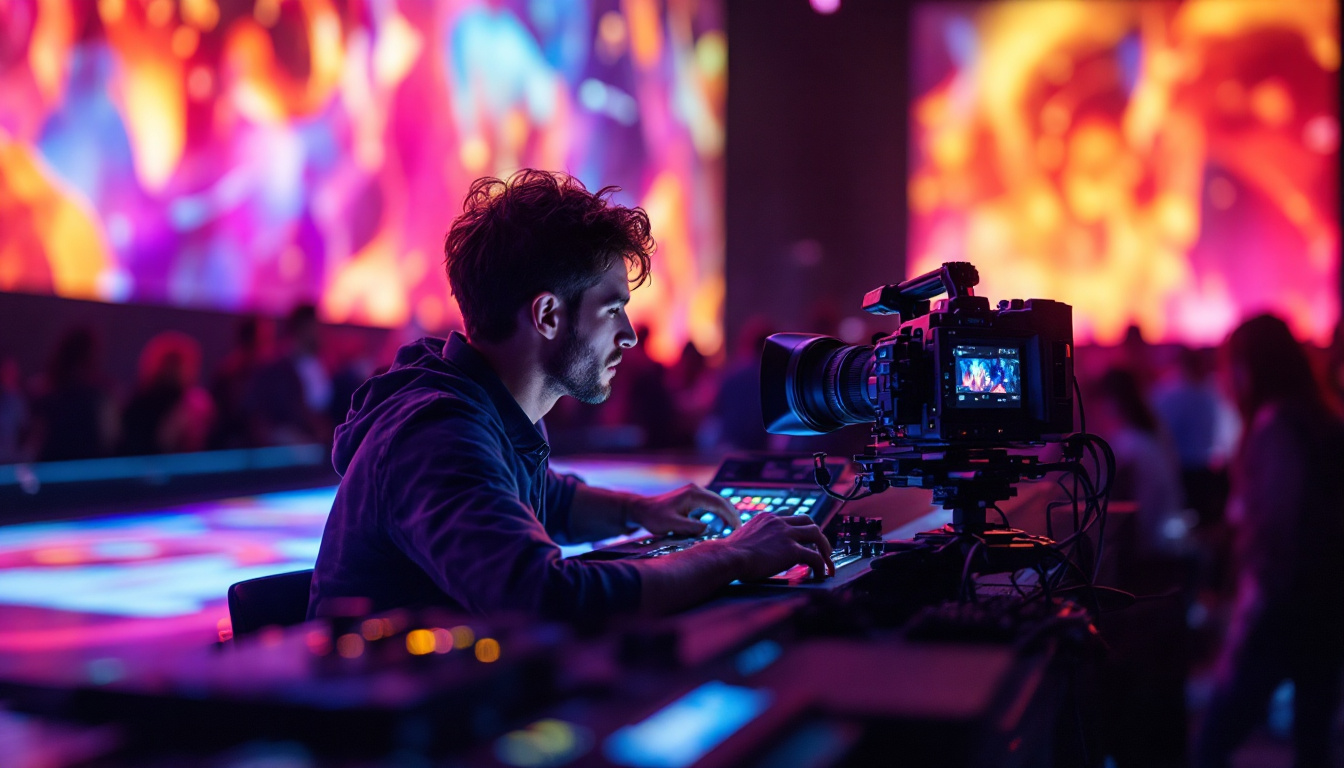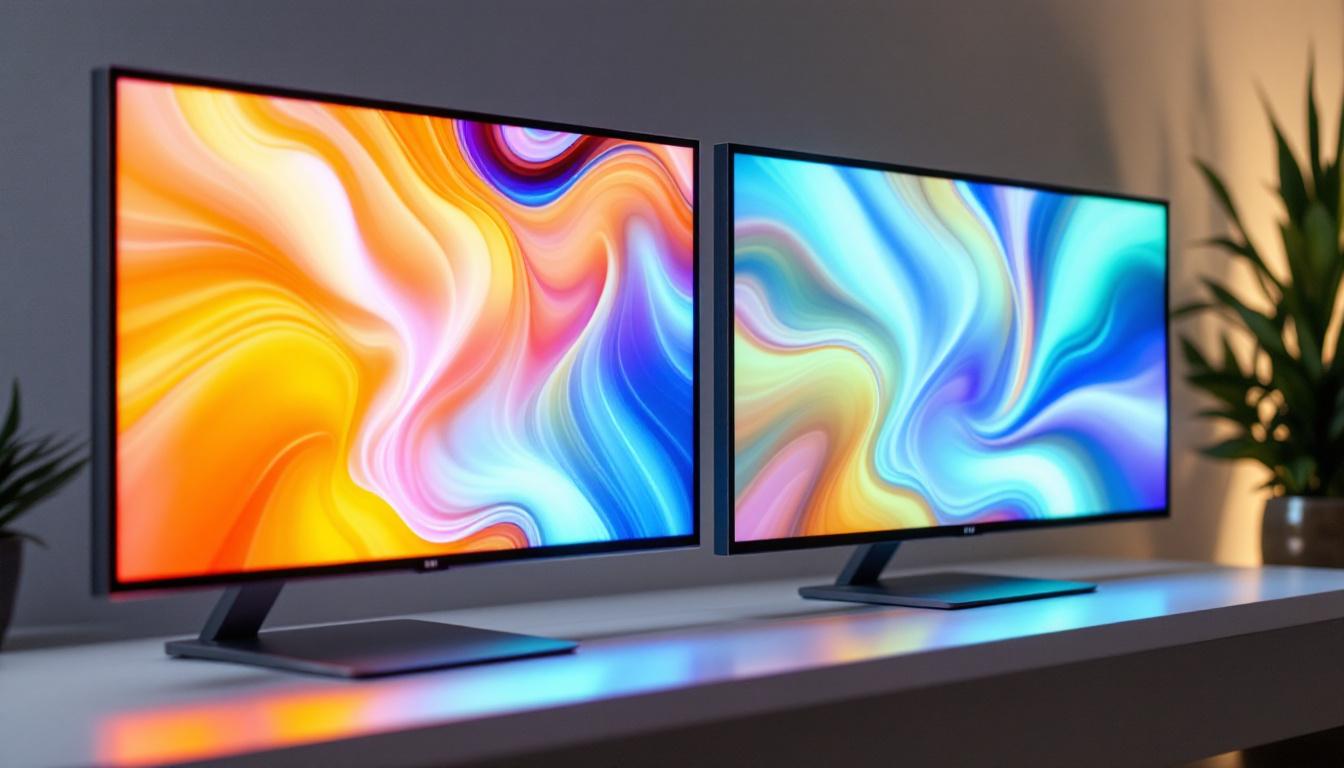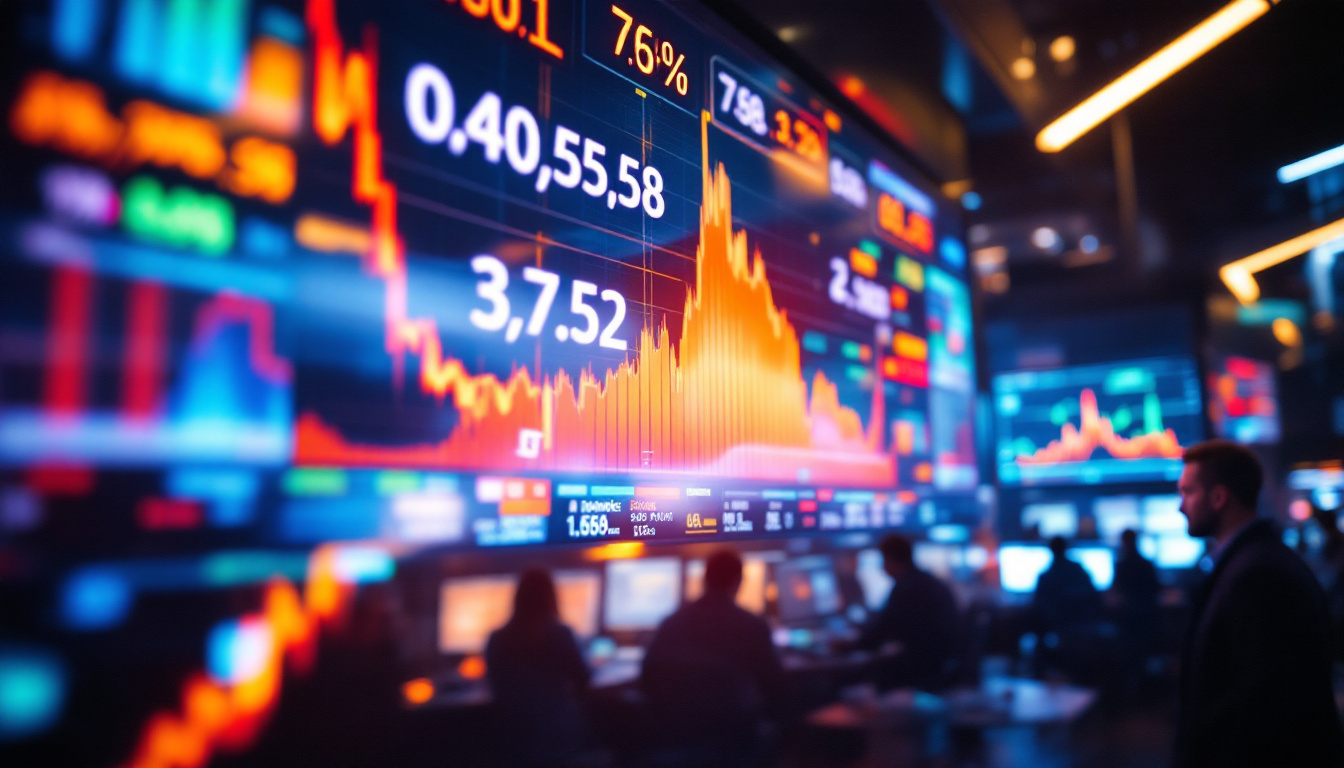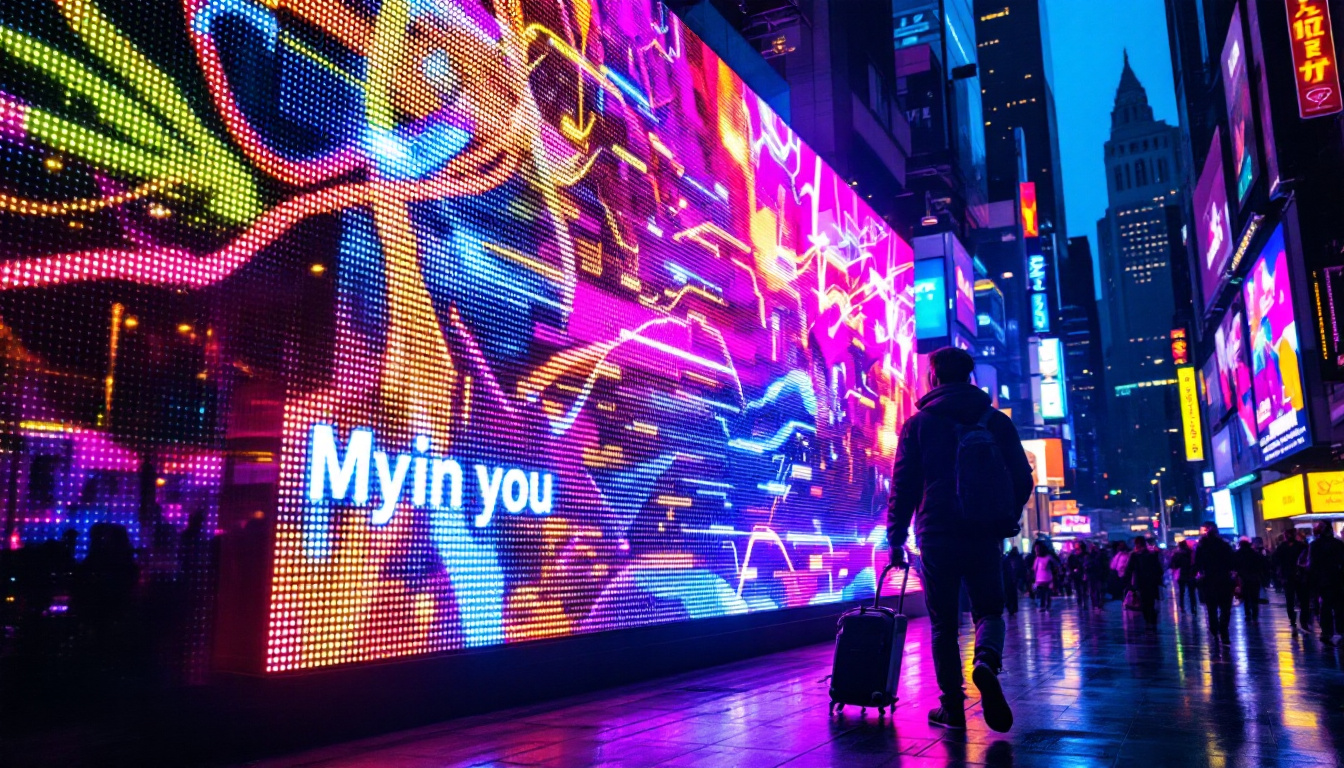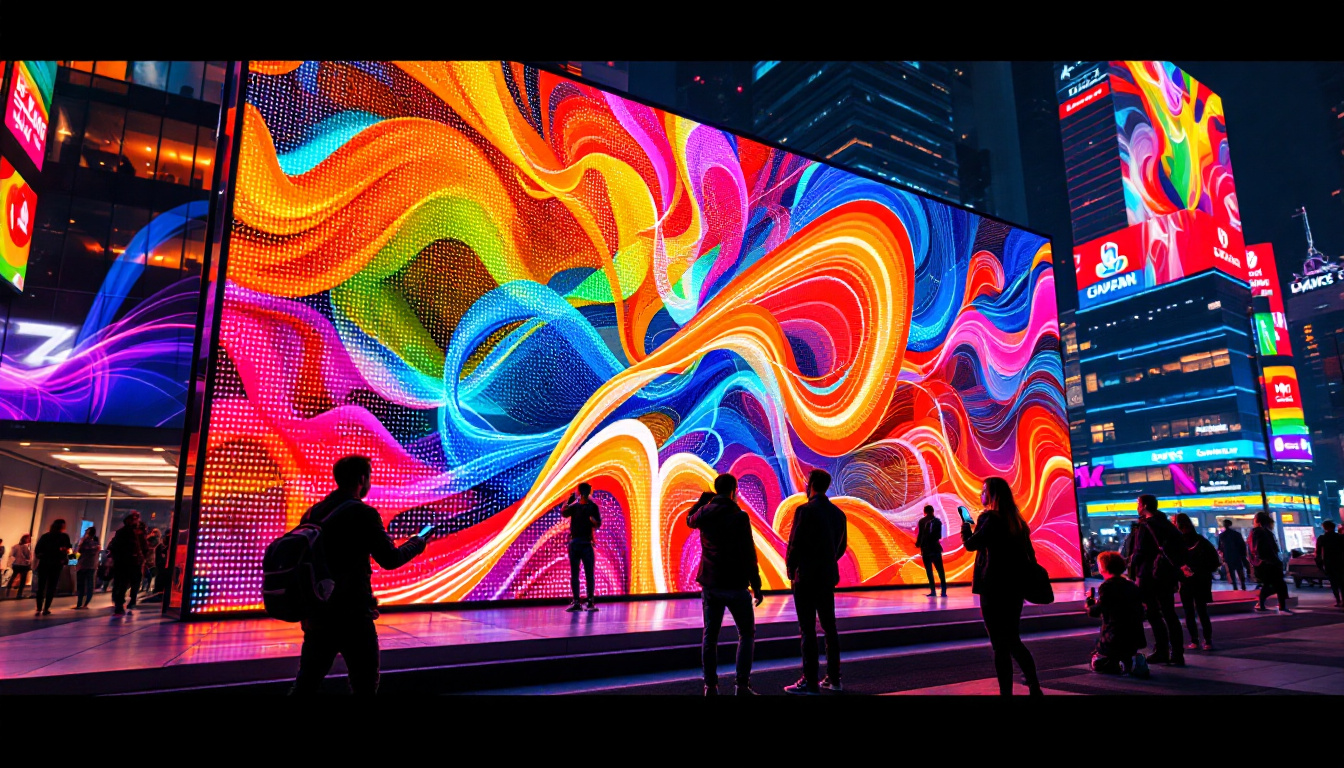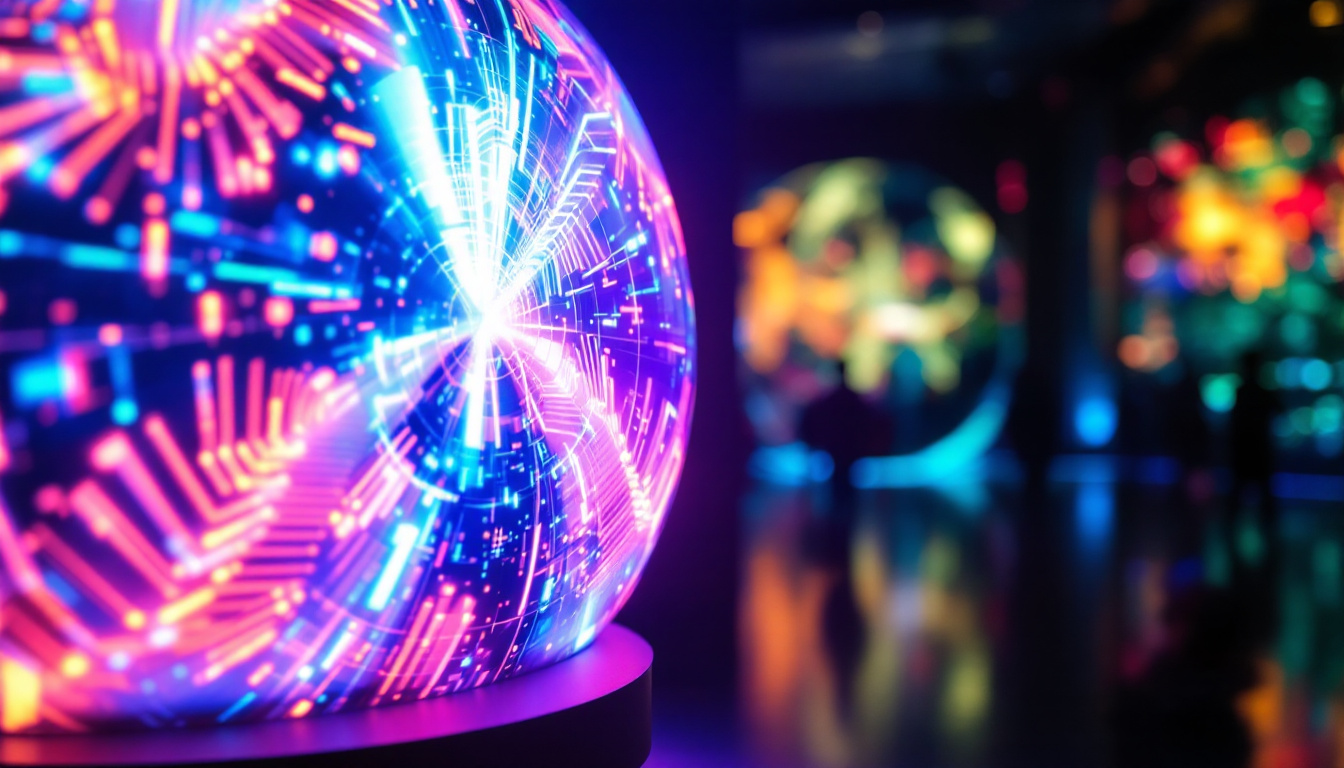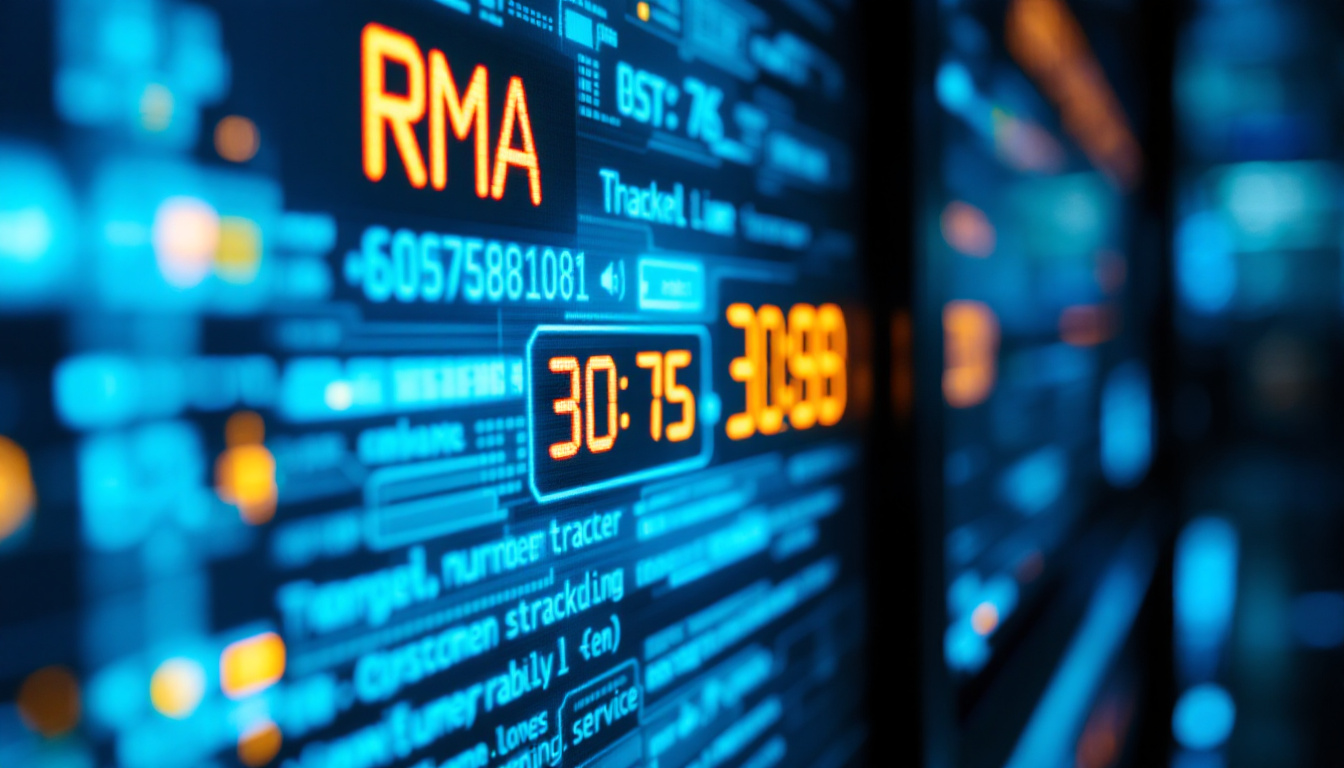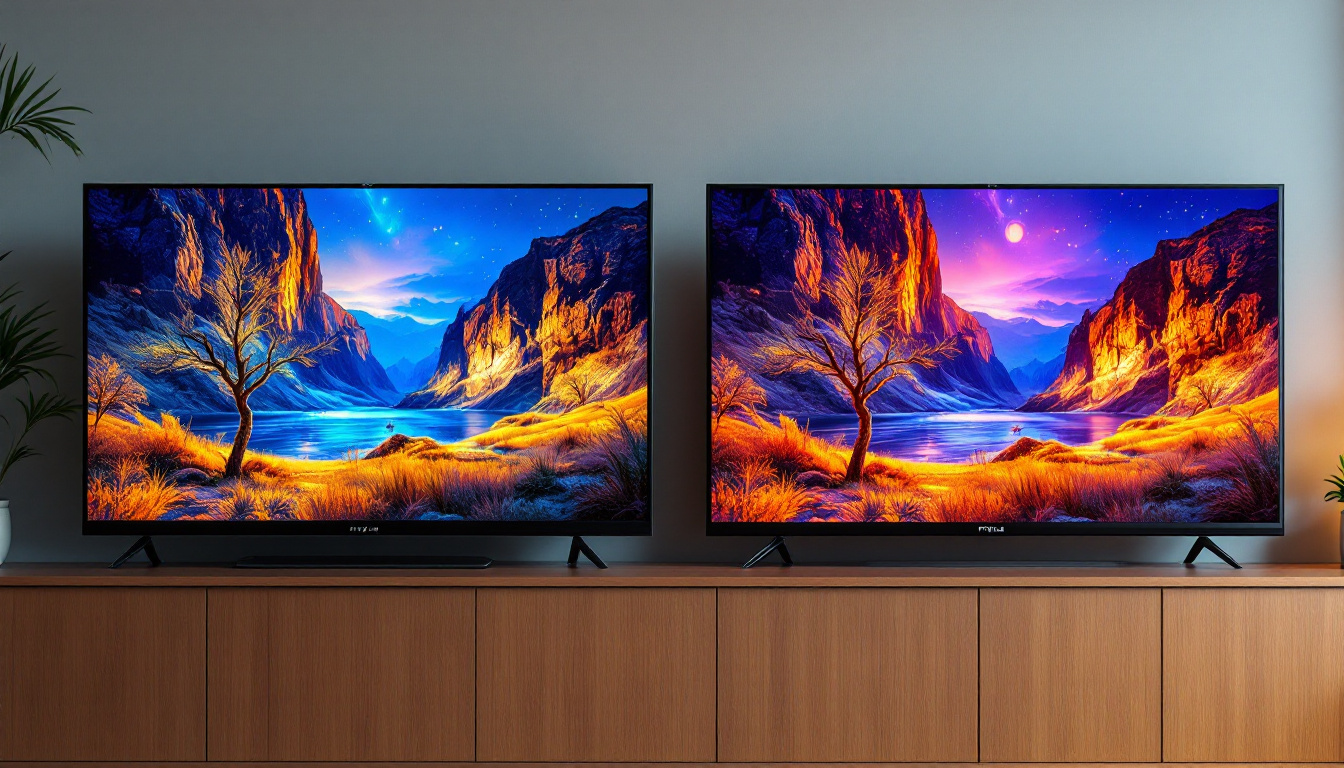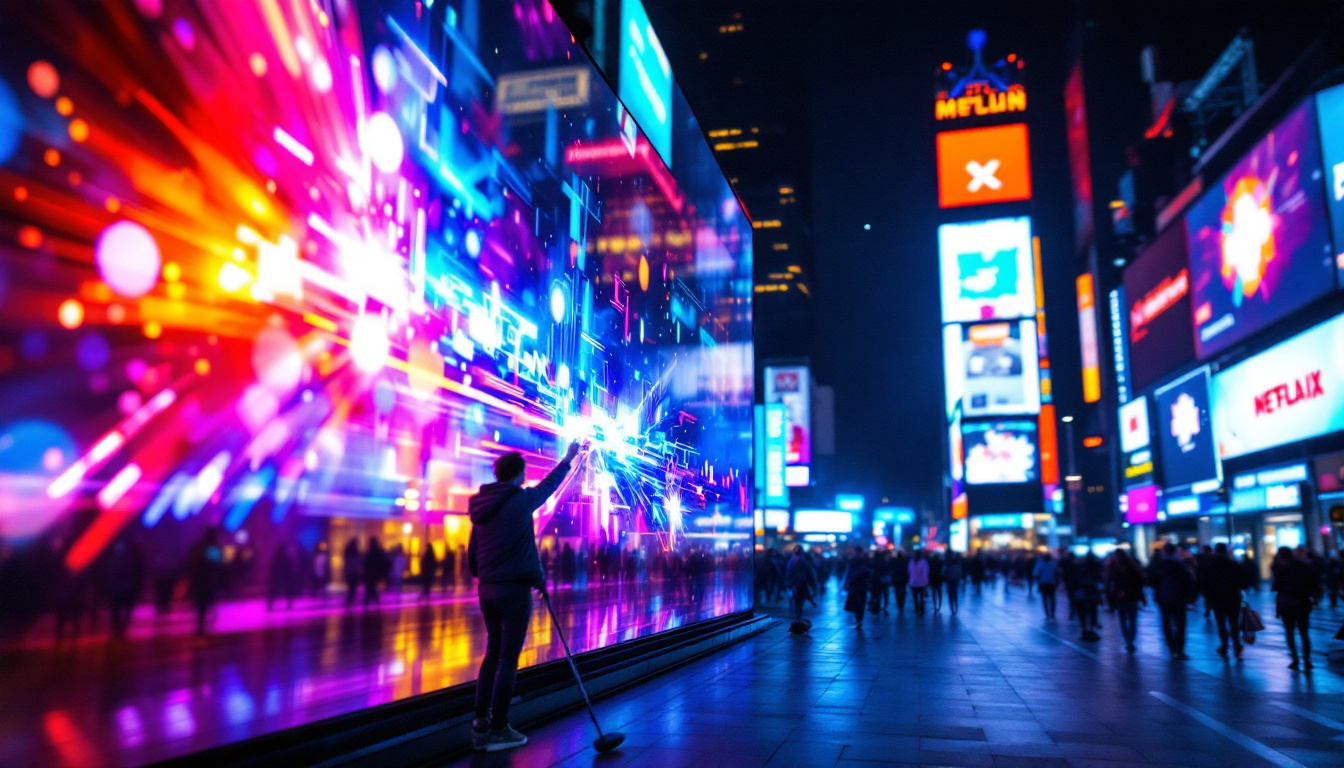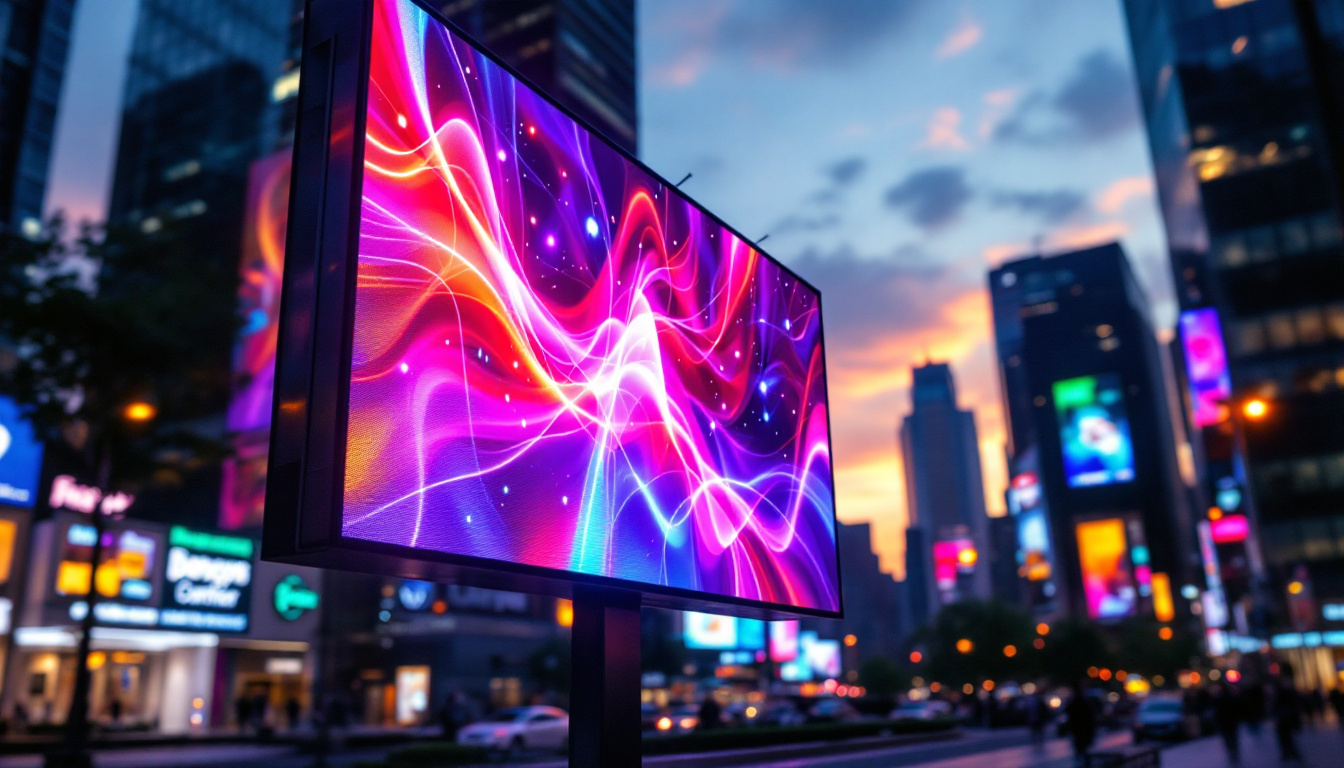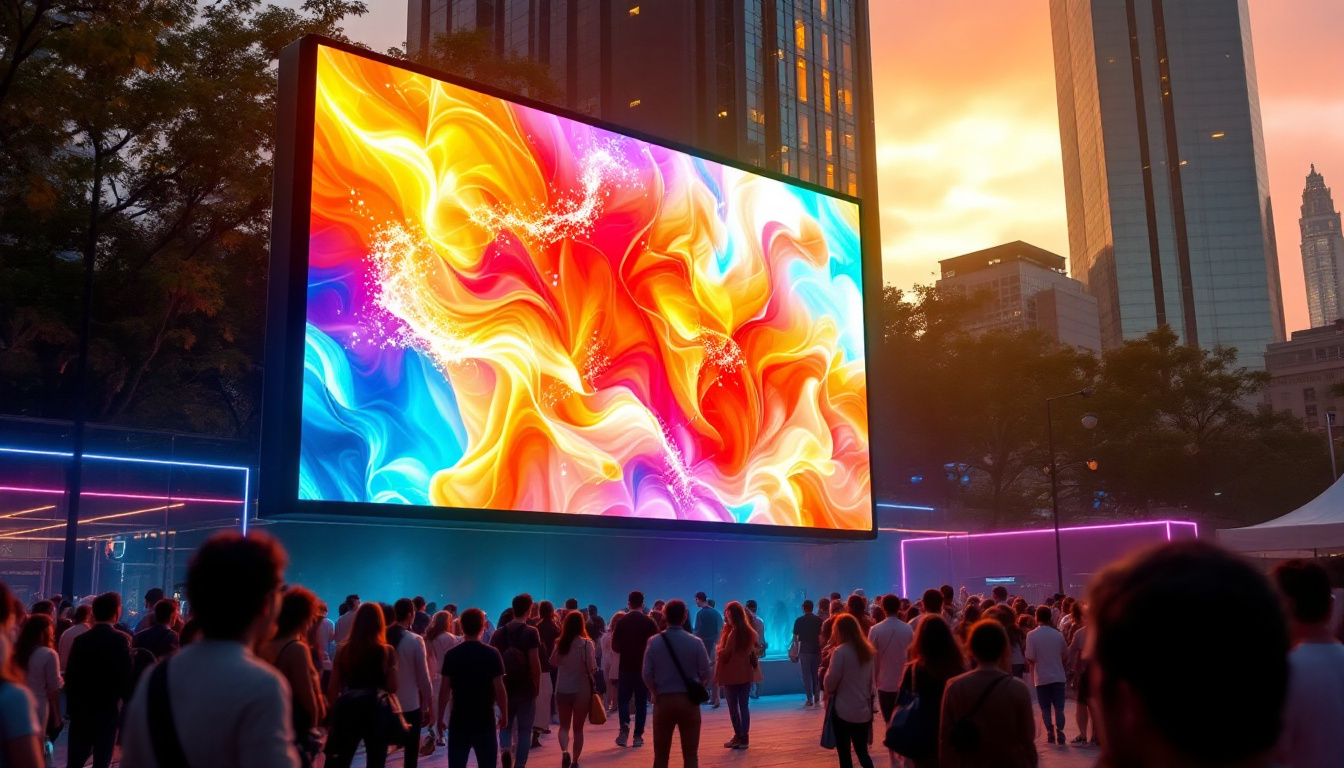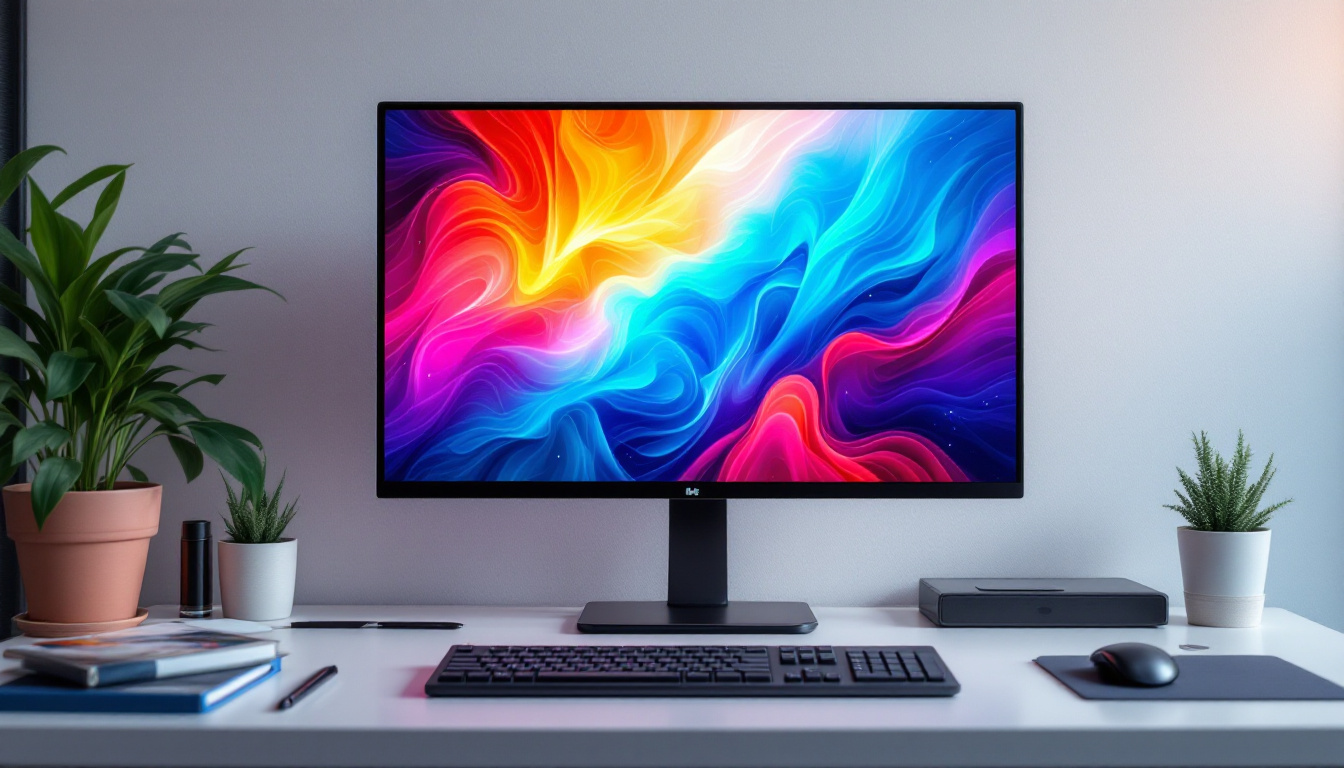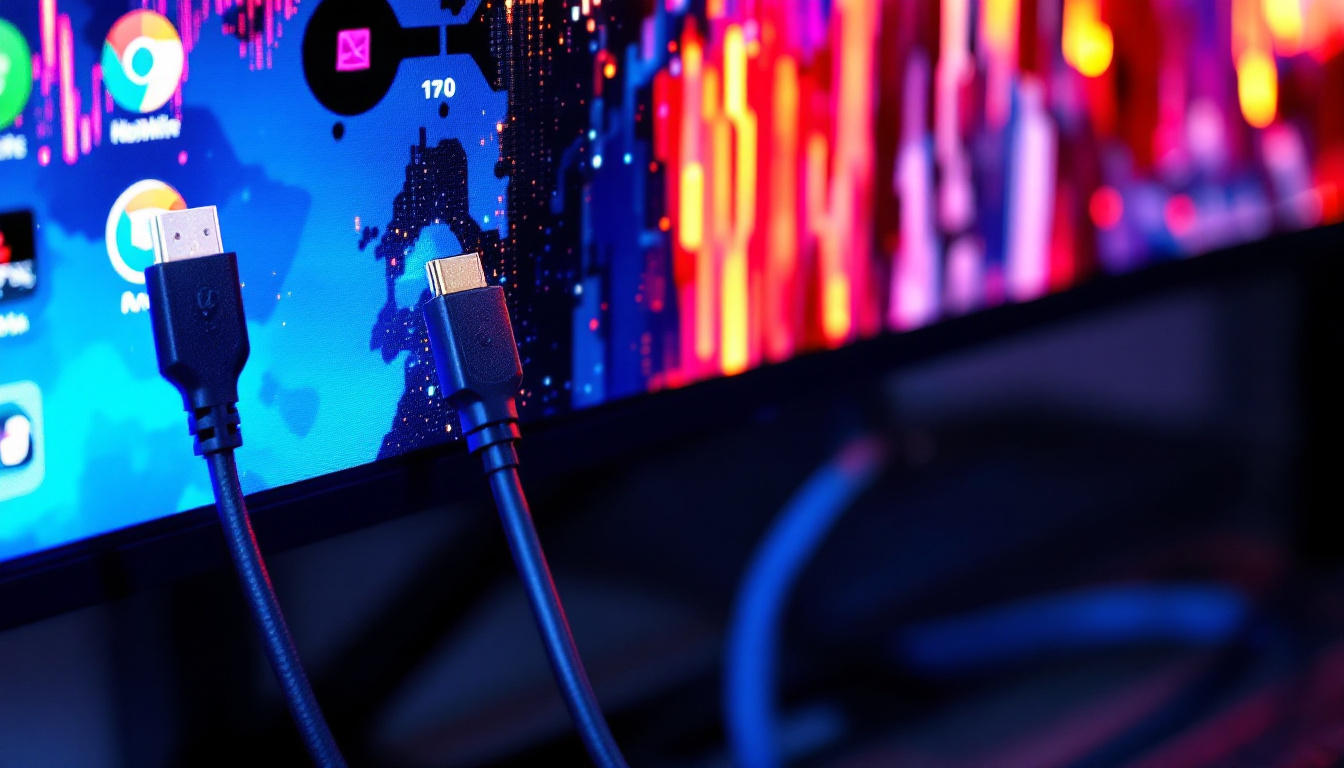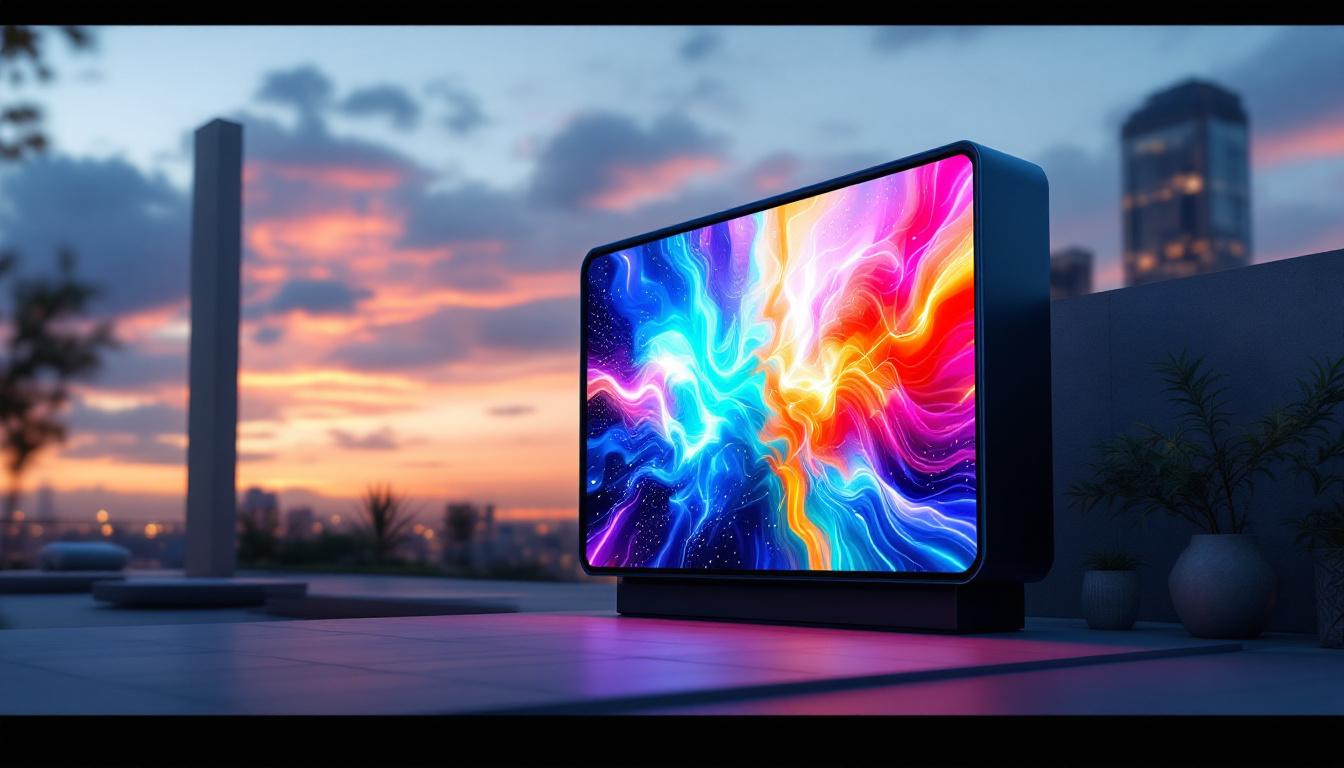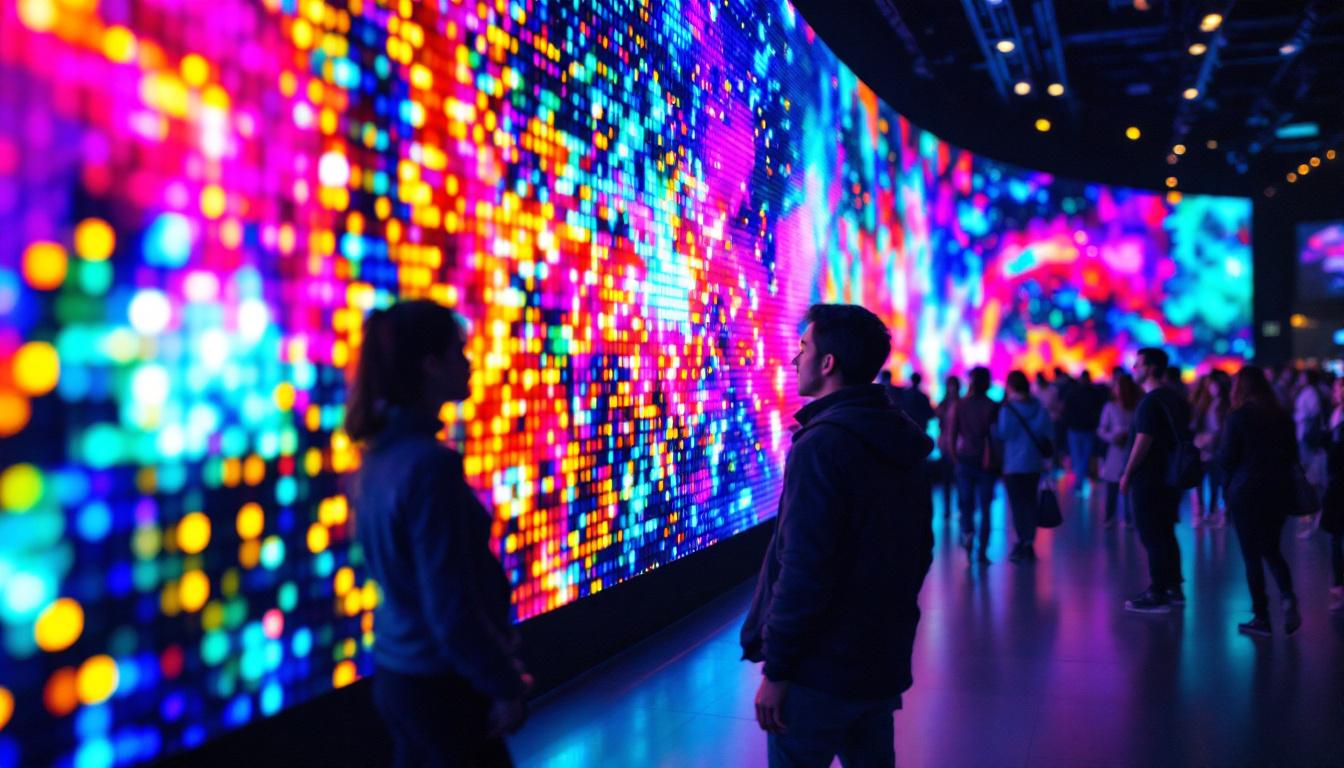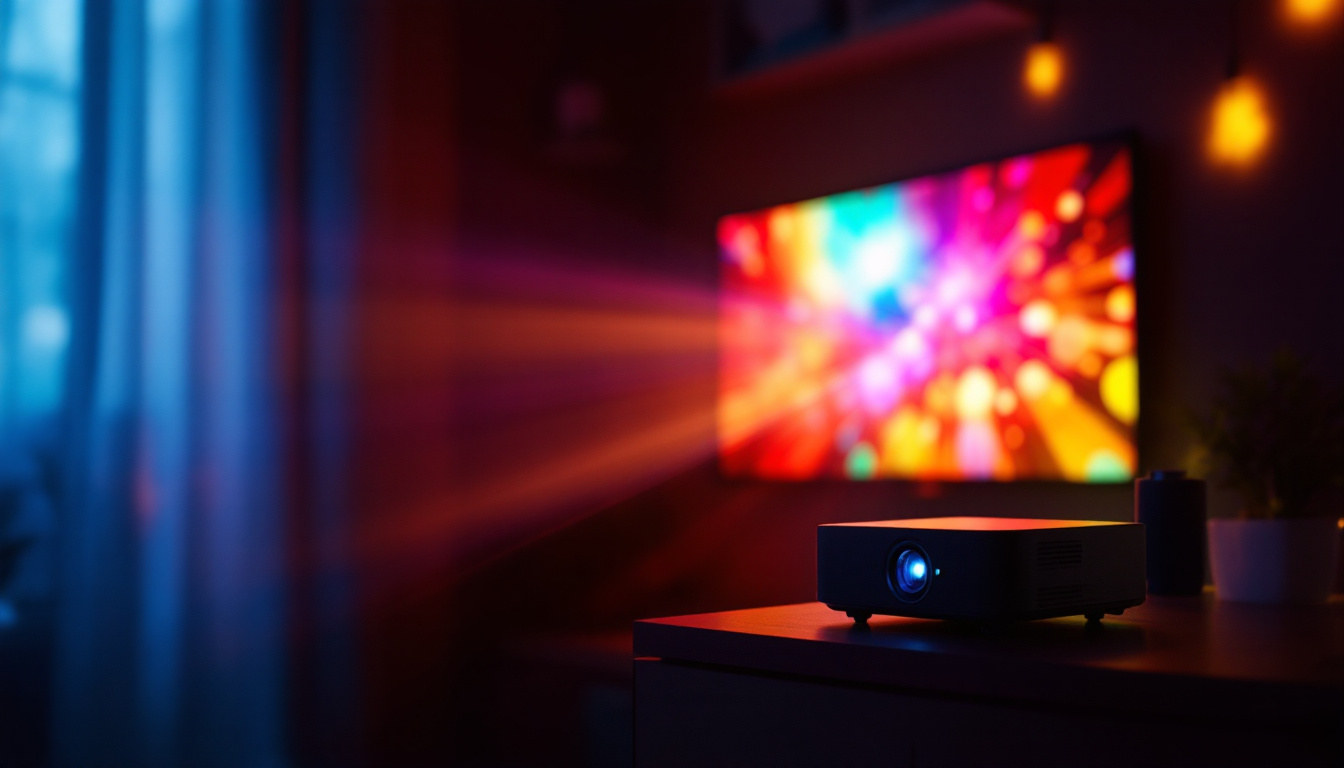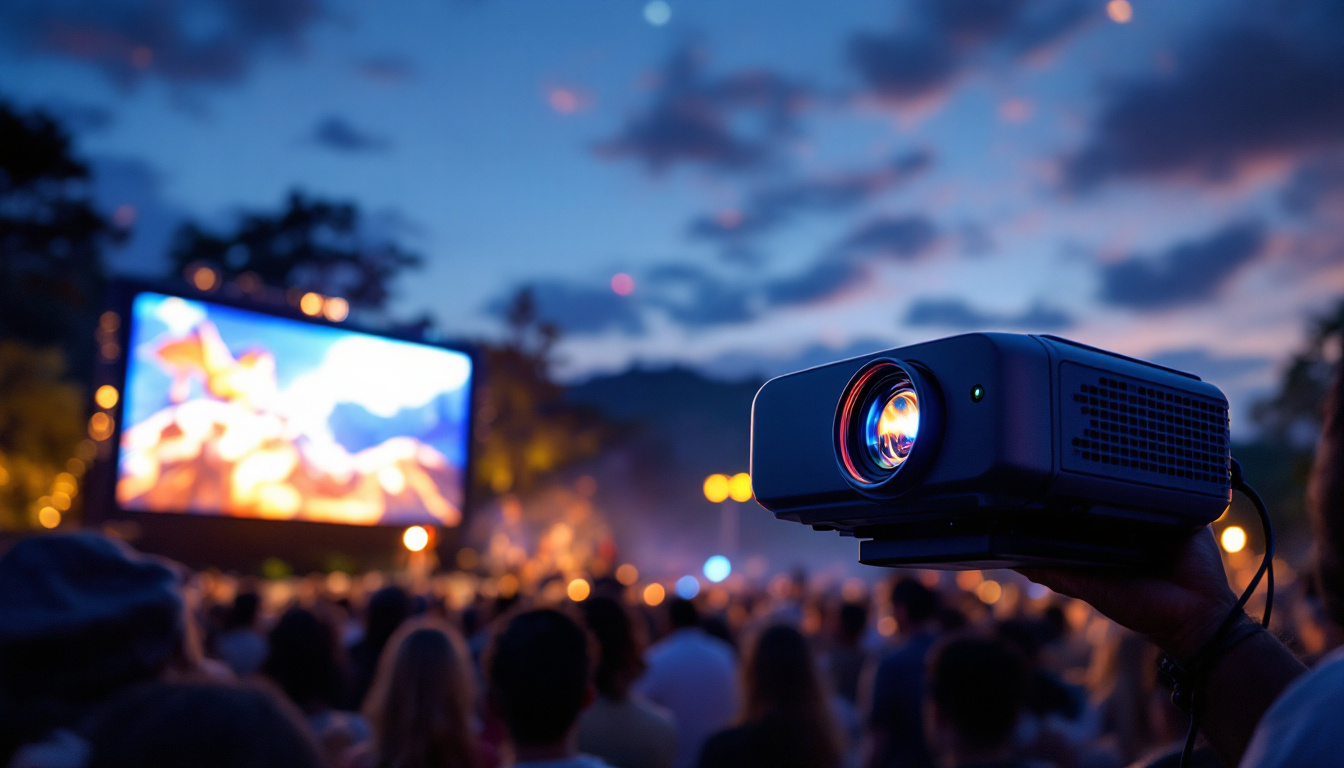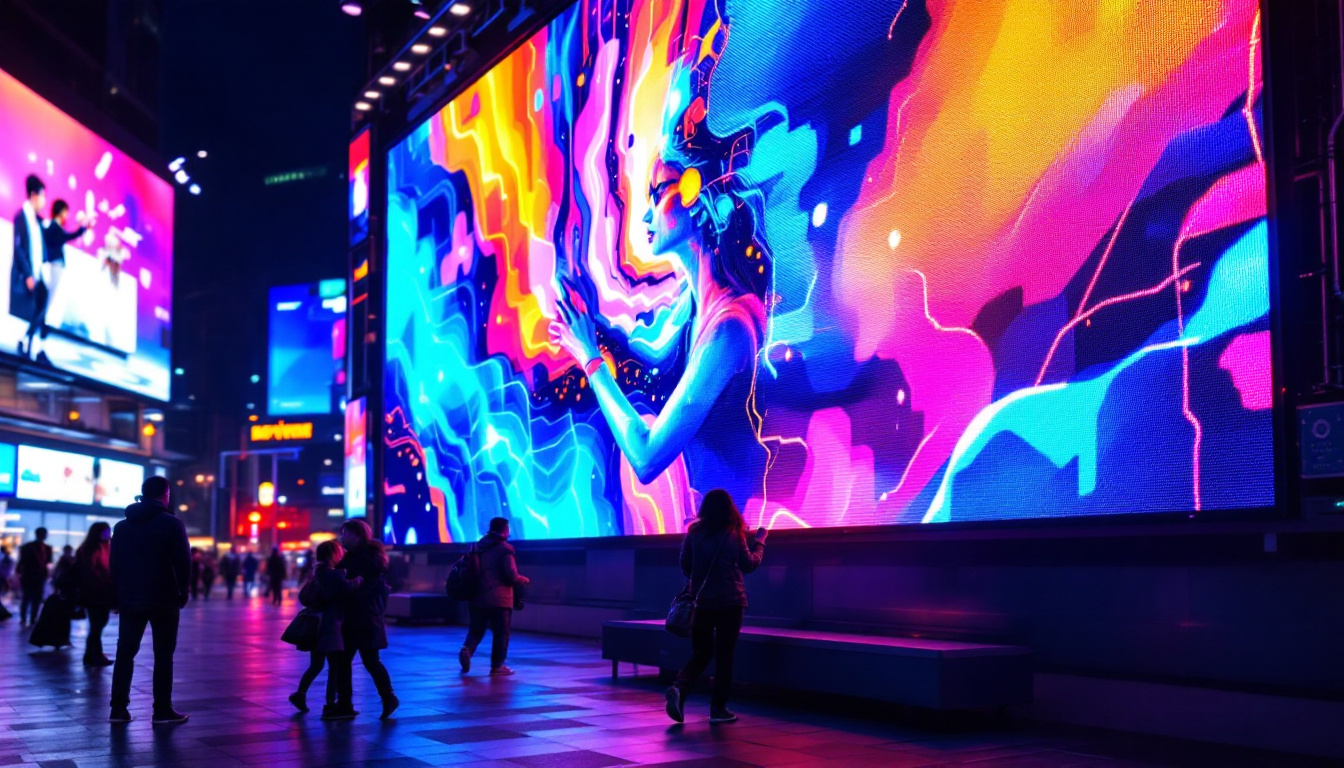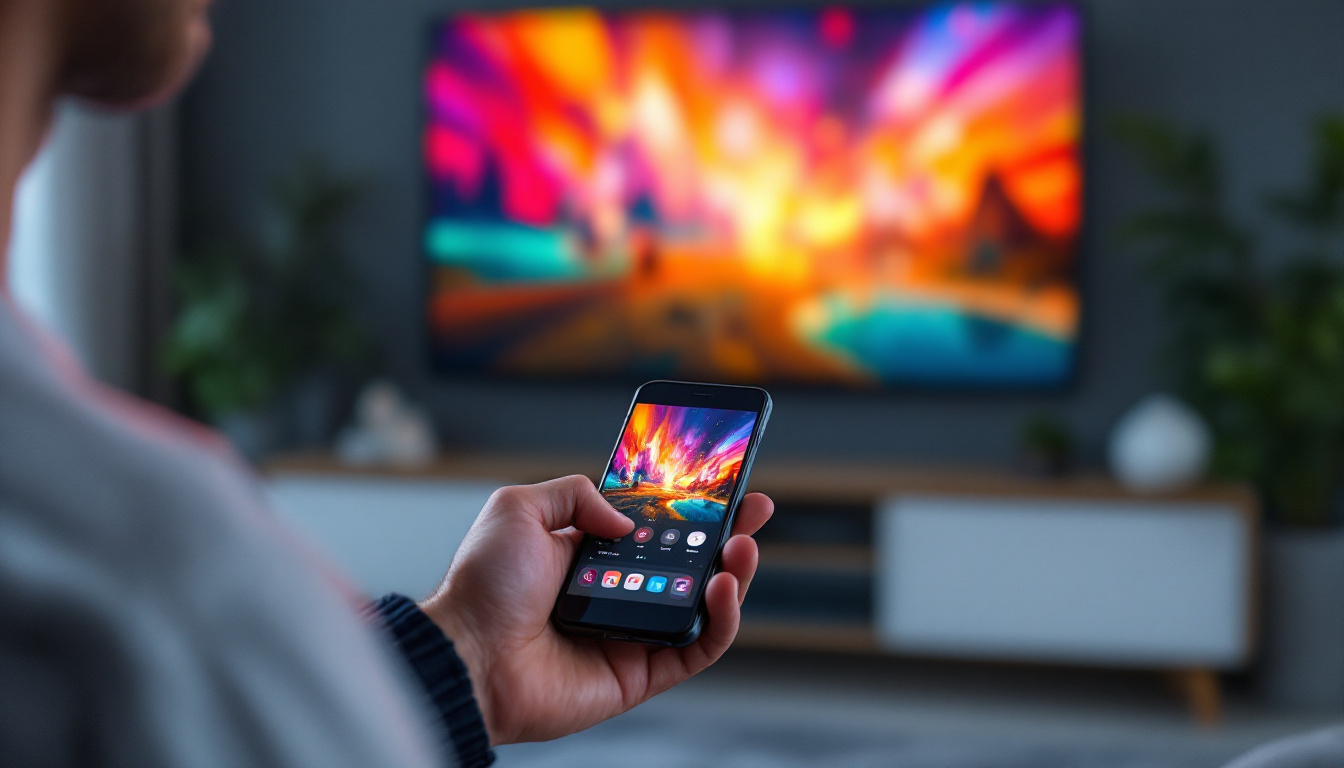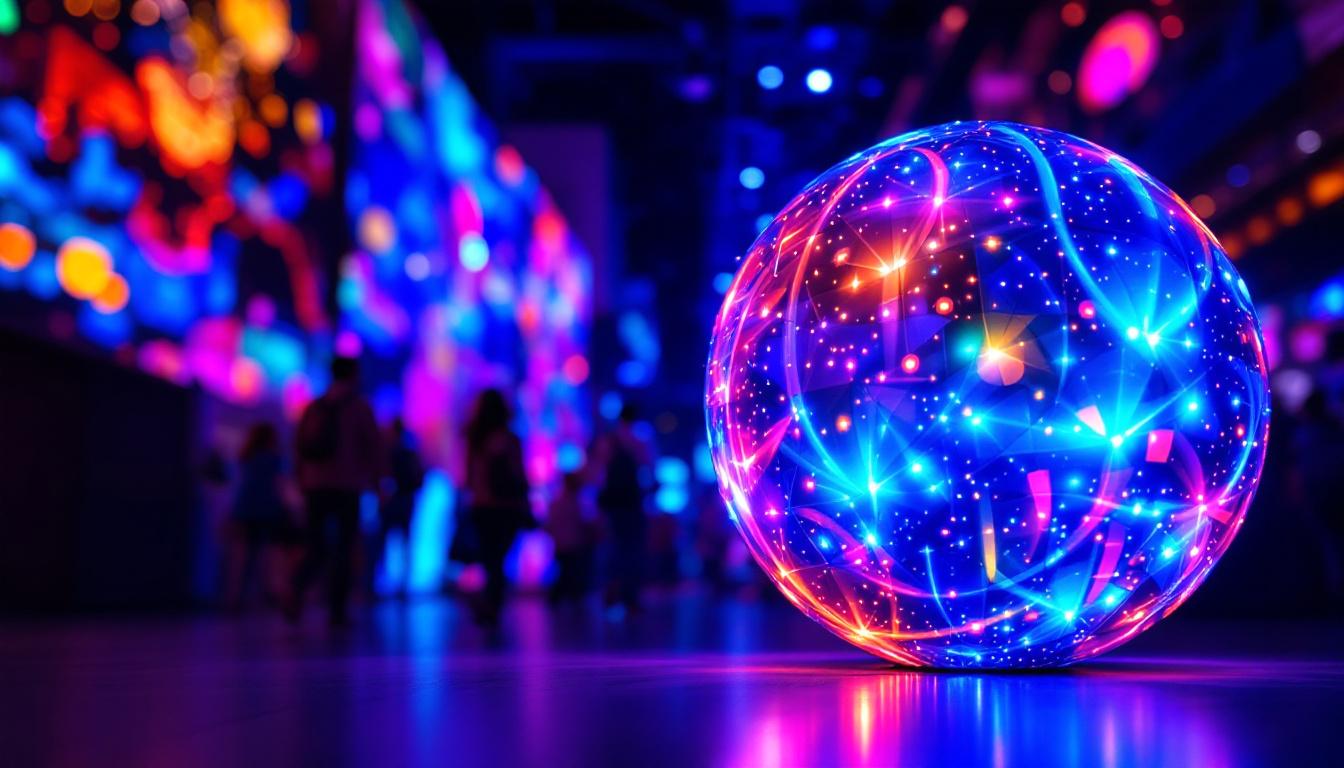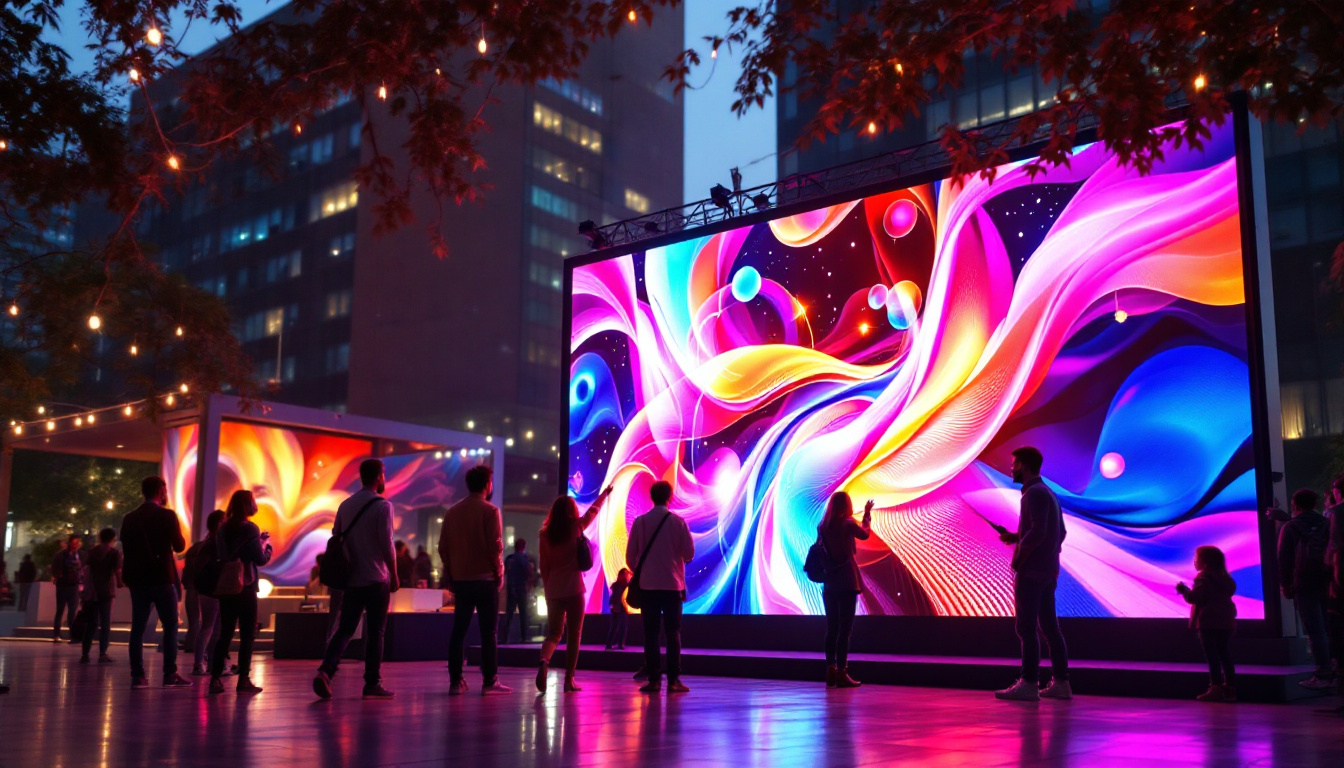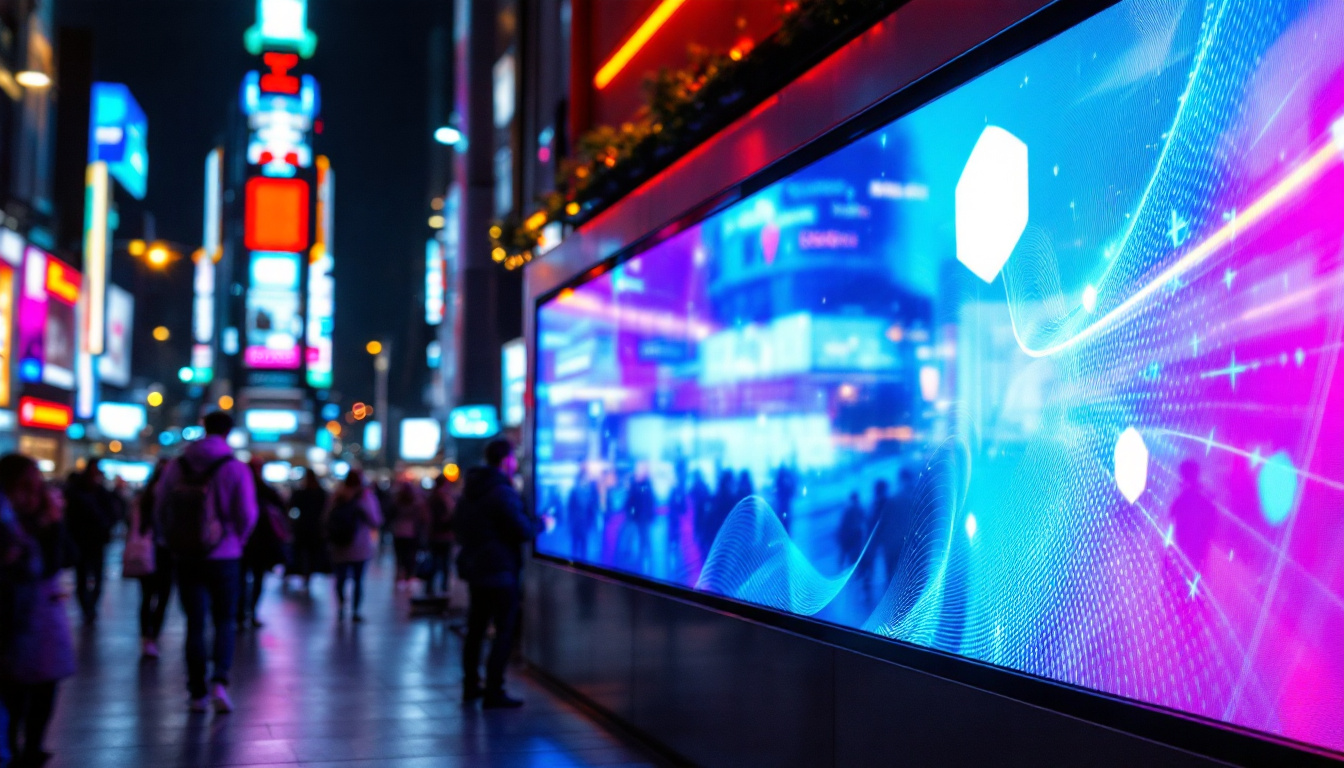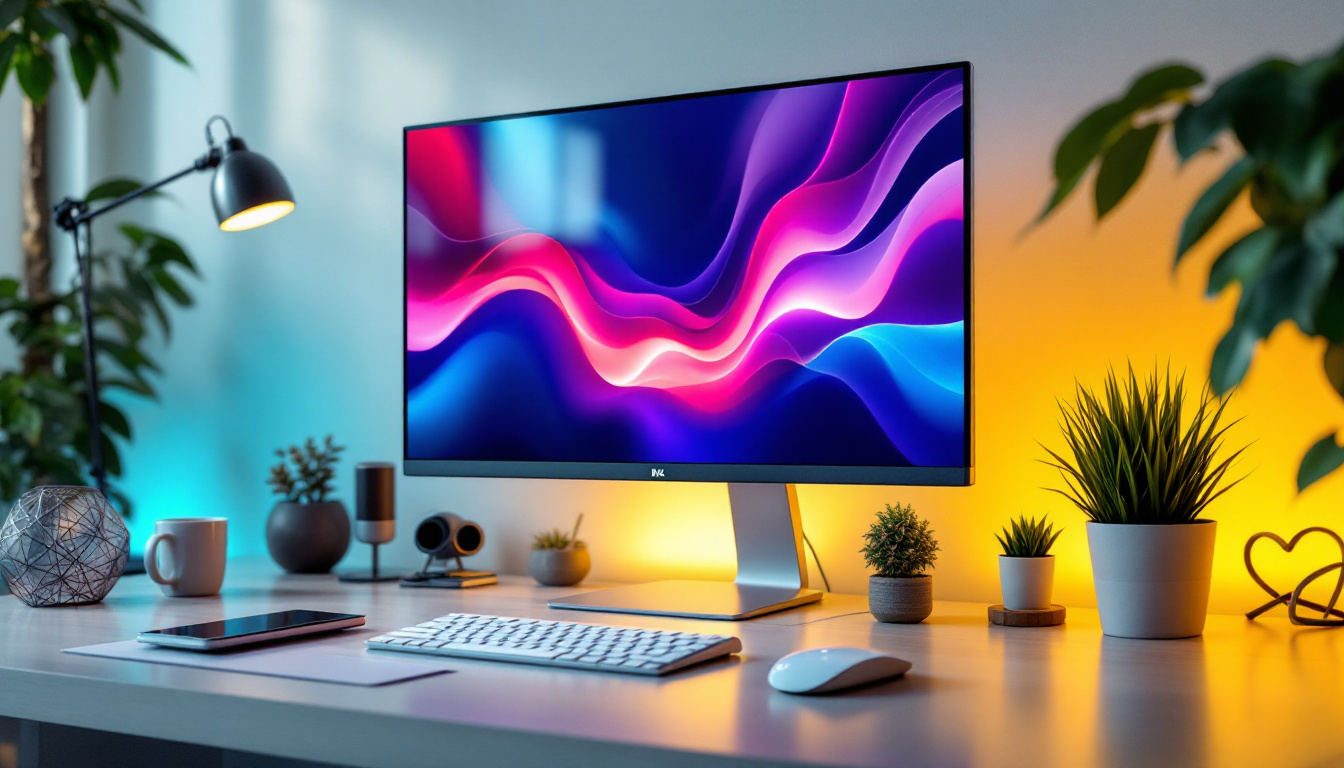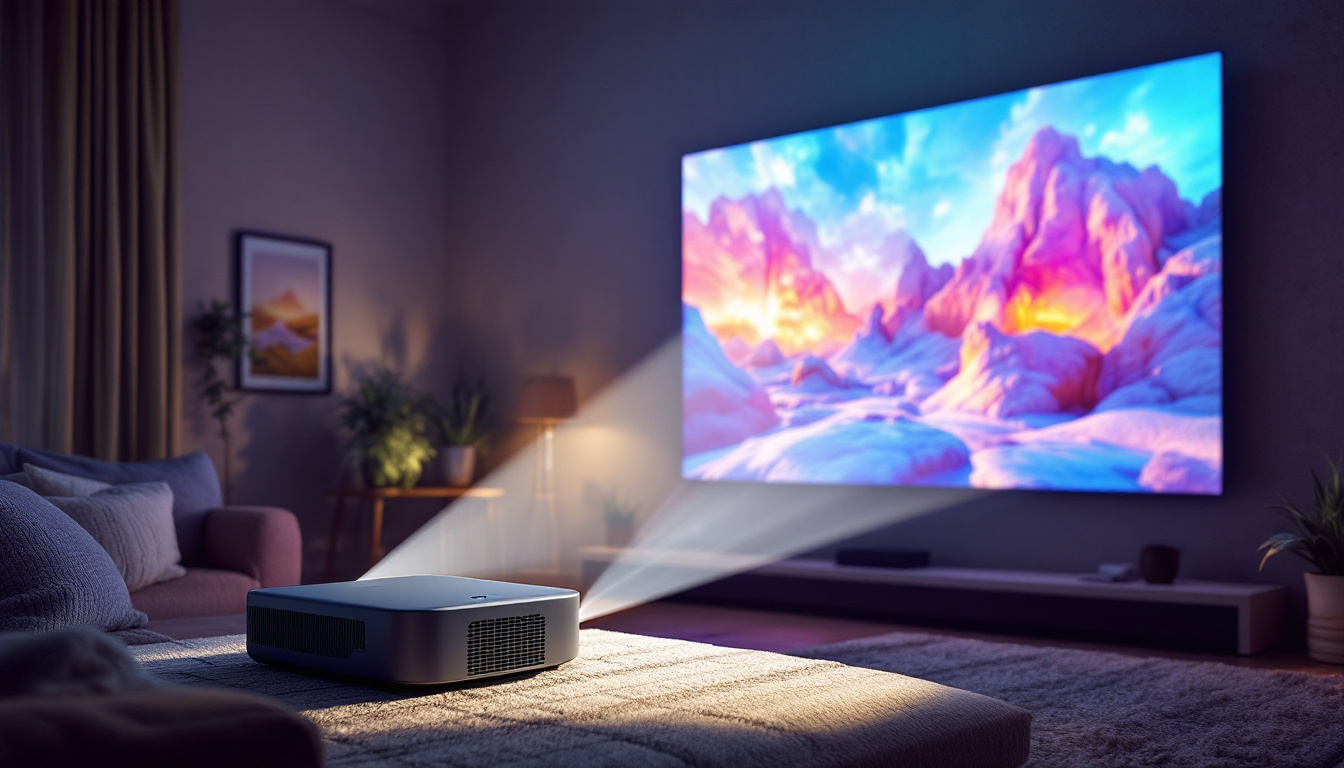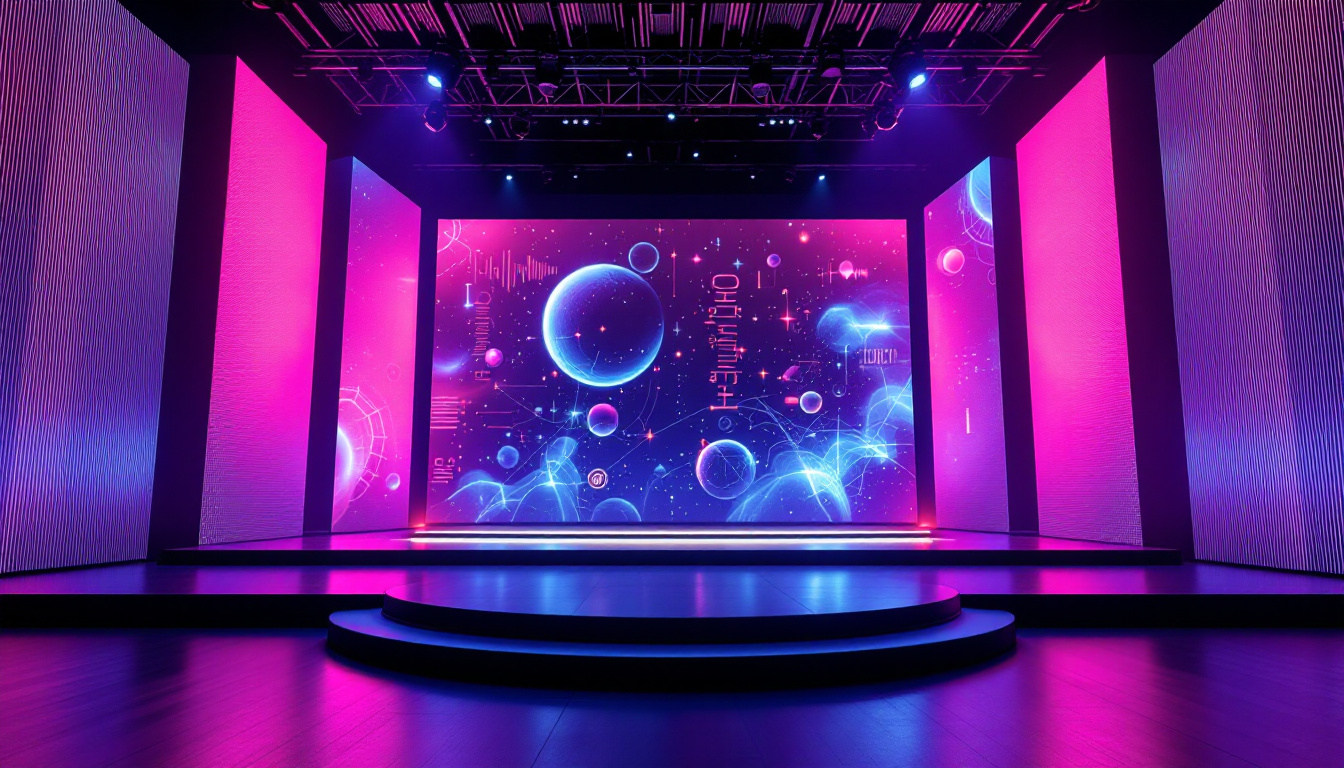In the realm of professional videography, the choice of display technology can significantly impact the quality of the final product. Among various options available, LED displays have emerged as a popular choice for videographers and content creators. This article delves into the intricacies of LED displays, exploring their advantages, applications, and the technology behind them.
Understanding LED Technology
LED, or Light Emitting Diode, technology has transformed the way visuals are presented. Unlike traditional display technologies, such as LCD or plasma, LEDs utilize semiconductor materials to produce light. This fundamental difference results in various advantages that are particularly beneficial for videographers.
How LEDs Work
At its core, an LED is a diode that emits light when current flows through it. The color of the light emitted depends on the materials used in the semiconductor. In LED displays, thousands of these diodes are arranged in a grid to create a full-color image. Each pixel on the display consists of red, green, and blue (RGB) diodes that combine to produce a wide spectrum of colors.
This technology allows for greater brightness and contrast compared to traditional displays. Additionally, LEDs are more energy-efficient, consuming less power while delivering superior performance. This efficiency is particularly advantageous for long-duration events or installations where power supply may be a concern.
Types of LED Displays
There are several types of LED displays, each designed for specific applications. The most common types include:
- Direct View LED: These displays are made up of individual LED modules that form a large screen. They are often used for outdoor advertising and large-scale events due to their high brightness and visibility in daylight.
- LED Backlit LCD: This technology uses LEDs to illuminate an LCD panel from behind. While not a pure LED display, it offers improved brightness and color accuracy compared to traditional LCDs.
- MicroLED: A newer technology, MicroLED displays consist of microscopic LEDs that can create images with incredible detail and color accuracy. They are still in the early stages of commercialization but hold great promise for the future.
The Advantages of LED Displays
LED displays offer numerous advantages that make them particularly appealing to professional videographers. Understanding these benefits can help in making informed decisions when selecting display technology for various projects.
Superior Color Accuracy
One of the standout features of LED displays is their ability to produce vibrant colors with high accuracy. The RGB configuration allows for a broader color gamut, making it possible to display more shades and hues than traditional technologies. This is crucial for videographers who need to ensure that the colors in their footage are represented accurately on screen.
Moreover, advancements in LED technology have led to improved color calibration tools, enabling professionals to fine-tune their displays for optimal performance. This level of precision is essential for color grading and post-production work, where every detail counts.
High Brightness and Contrast Ratios
LED displays excel in brightness, making them suitable for various environments, including outdoor settings. The high brightness levels ensure that content remains visible even in direct sunlight, which is a significant advantage for outdoor events or installations.
Additionally, LED displays typically feature superior contrast ratios, allowing for deeper blacks and brighter whites. This contrast enhances the overall viewing experience, making images more dynamic and engaging. For videographers, this means that their work can be showcased in the best possible light, literally and figuratively.
Durability and Longevity
Durability is another critical advantage of LED displays. Unlike traditional screens, which can be fragile and prone to damage, LED displays are built to withstand various environmental conditions. They are resistant to shock, vibration, and temperature fluctuations, making them ideal for both indoor and outdoor use.
Furthermore, LEDs have a longer lifespan compared to other display technologies. With proper care and maintenance, an LED display can last for tens of thousands of hours, reducing the need for frequent replacements. This longevity is particularly beneficial for videographers who invest in high-quality equipment and want to maximize their return on investment.
Applications of LED Displays in Videography
LED displays have found a wide range of applications within the field of videography. Their versatility makes them suitable for various projects, from live events to studio productions. Below are some of the most common applications.
Live Events and Concerts
In the world of live events, LED displays are a staple. They are often used as large screens for concerts, festivals, and corporate events, providing audiences with a clear view of the performance. The high brightness and contrast of LED technology ensure that visuals remain sharp and vibrant, even in challenging lighting conditions.
Moreover, LED displays can be configured in various shapes and sizes, allowing for creative setups that enhance the overall production value. From curved screens to massive video walls, the possibilities are endless, enabling videographers to push the boundaries of their creativity.
Broadcasting and Studio Productions
In broadcasting, LED displays are increasingly used in studios for news and talk shows. They serve as backdrops for presenters, displaying graphics, videos, and live feeds. The ability to produce high-quality visuals with accurate colors is essential in this context, as it directly impacts the audience’s perception of the content.
Additionally, LED displays can be integrated into virtual sets, allowing for dynamic backgrounds that change in real-time. This technology has revolutionized the way studios operate, providing endless possibilities for storytelling and audience engagement.
Advertising and Marketing
LED displays have become a powerful tool for advertising and marketing campaigns. Their eye-catching brightness and color accuracy make them ideal for capturing the attention of potential customers. From digital billboards to interactive displays, LED technology allows brands to showcase their products and services in innovative ways.
For videographers working in the advertising sector, understanding how to create content specifically for LED displays is crucial. This includes considering factors such as resolution, aspect ratio, and color calibration to ensure that the final product is optimized for the display medium.
Challenges and Considerations
While LED displays offer numerous advantages, there are also challenges and considerations that videographers must keep in mind. Being aware of these factors can help in making informed decisions when selecting and utilizing LED technology.
Cost Implications
One of the primary challenges associated with LED displays is their cost. High-quality LED technology can be expensive, particularly for large installations. This initial investment may be a barrier for some videographers, especially those just starting in the industry.
However, it is essential to consider the long-term benefits of LED displays, including their durability and longevity. Over time, the cost of ownership may be lower than that of traditional display technologies, making them a worthwhile investment for professionals.
Technical Complexity
LED displays can also present technical challenges. The setup and calibration of these displays require a certain level of expertise, particularly when it comes to color calibration and content management. Videographers may need to invest time in learning how to operate and maintain these systems effectively.
Additionally, the rapid advancement of LED technology means that professionals must stay updated on the latest developments and best practices. Continuous learning and adaptation are essential to ensure that the content produced meets industry standards and expectations.
Future Trends in LED Display Technology
The future of LED display technology looks promising, with ongoing advancements that are set to enhance their capabilities further. As the demand for high-quality visuals continues to grow, several trends are emerging in the industry.
Increased Resolution and Pixel Density
One of the most significant trends is the push for higher resolution and pixel density in LED displays. As technology evolves, manufacturers are developing displays with smaller pixel pitches, allowing for sharper images and greater detail. This trend is particularly relevant for applications where close viewing distances are common, such as in studios or at events.
Higher resolutions will enable videographers to produce content that meets the expectations of increasingly discerning audiences. As viewers become accustomed to high-definition visuals, the demand for superior quality will only continue to rise.
Integration with Augmented and Virtual Reality
Another exciting trend is the integration of LED displays with augmented reality (AR) and virtual reality (VR) technologies. As these technologies become more mainstream, the potential for LED displays to enhance immersive experiences is vast. Videographers will have the opportunity to create content that seamlessly blends real and virtual elements, opening up new avenues for storytelling.
This integration will require videographers to adapt their skills and techniques, as the creation of AR and VR content involves different considerations than traditional videography. However, the potential for innovation and creativity in this space is immense.
Conclusion
LED displays have revolutionized the field of videography, offering numerous advantages that enhance the quality and impact of visual content. From superior color accuracy to high brightness and durability, the benefits of LED technology are undeniable. As the industry continues to evolve, staying informed about the latest trends and advancements will be crucial for videographers looking to leverage this technology effectively.
While challenges such as cost and technical complexity exist, the long-term benefits of LED displays make them a worthwhile investment for professionals in the field. As the demand for high-quality visuals continues to grow, embracing LED technology will undoubtedly play a pivotal role in shaping the future of videography.
In summary, understanding LED displays and their applications is essential for any professional videographer aiming to stay ahead in a competitive industry. With the right knowledge and skills, the possibilities for creativity and innovation are limitless.
Discover LumenMatrix’s Innovative LED Solutions
Ready to elevate your videography with the latest in LED display technology? LumenMatrix is at the forefront of innovation, offering a diverse range of LED display modules designed to bring your visual content to life. Whether you’re looking to captivate an audience with an Indoor LED Wall Display, make a statement in the great outdoors with an Outdoor LED Wall Display, or create dynamic visual experiences with our Custom and All-in-One LED Display solutions, we have you covered. Experience the future of visual communication and transform the way you share your message. Check out LumenMatrix LED Display Solutions today and join the revolution in high-impact visual storytelling.

